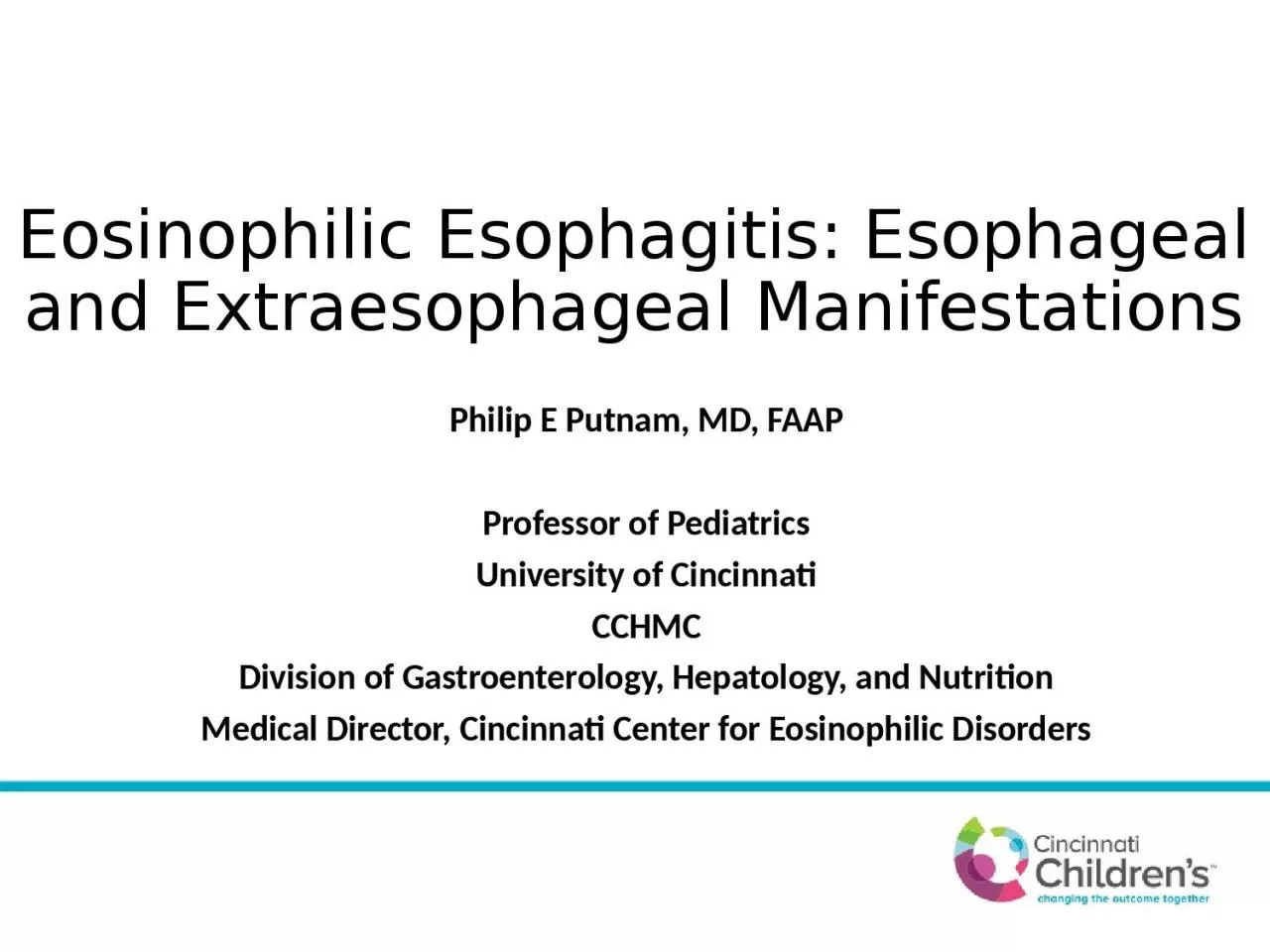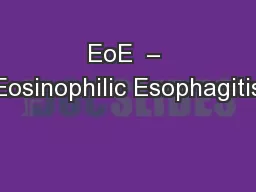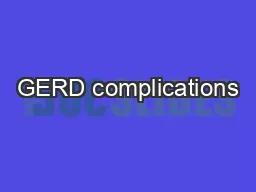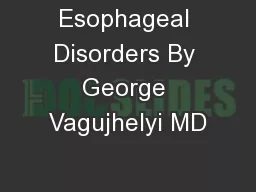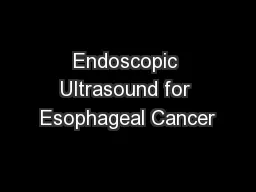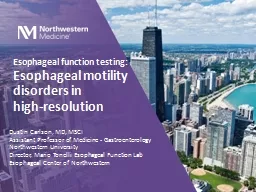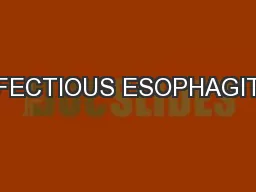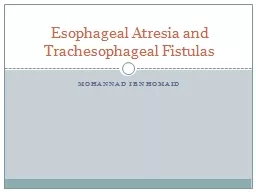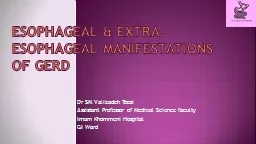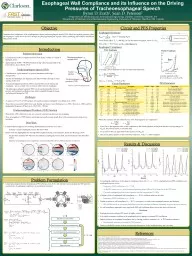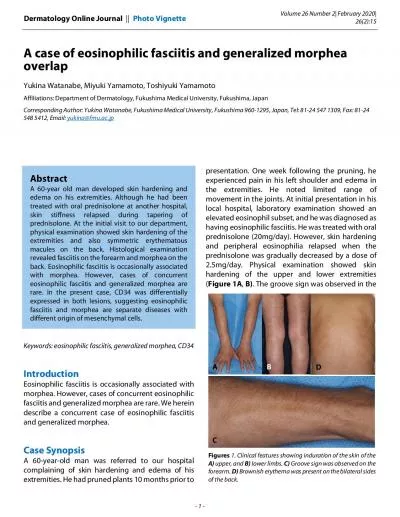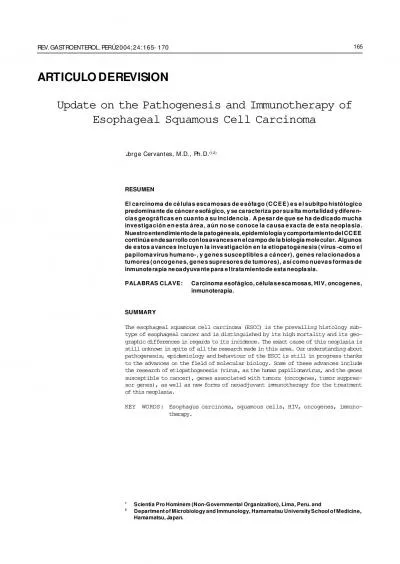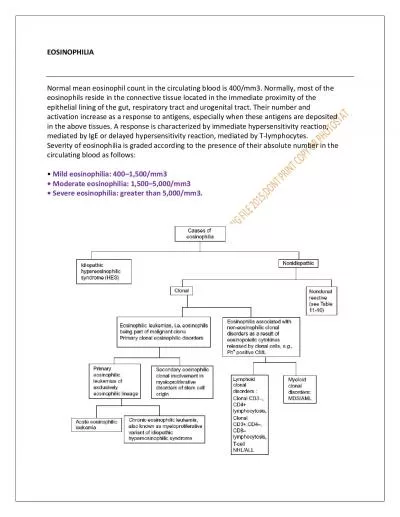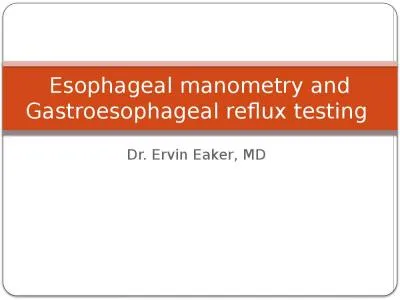PPT-Eosinophilic Esophagitis: Esophageal and
Author : bery | Published Date : 2024-03-13
Extraesophageal Manifestations Philip E Putnam MD FAAP Professor of Pediatrics University of Cincinnati CCHMC Division of Gastroenterology Hepatology and Nutrition
Presentation Embed Code
Download Presentation
Download Presentation The PPT/PDF document "Eosinophilic Esophagitis: Esophageal and" is the property of its rightful owner. Permission is granted to download and print the materials on this website for personal, non-commercial use only, and to display it on your personal computer provided you do not modify the materials and that you retain all copyright notices contained in the materials. By downloading content from our website, you accept the terms of this agreement.
Eosinophilic Esophagitis: Esophageal and: Transcript
Download Rules Of Document
"Eosinophilic Esophagitis: Esophageal and"The content belongs to its owner. You may download and print it for personal use, without modification, and keep all copyright notices. By downloading, you agree to these terms.
Related Documents

